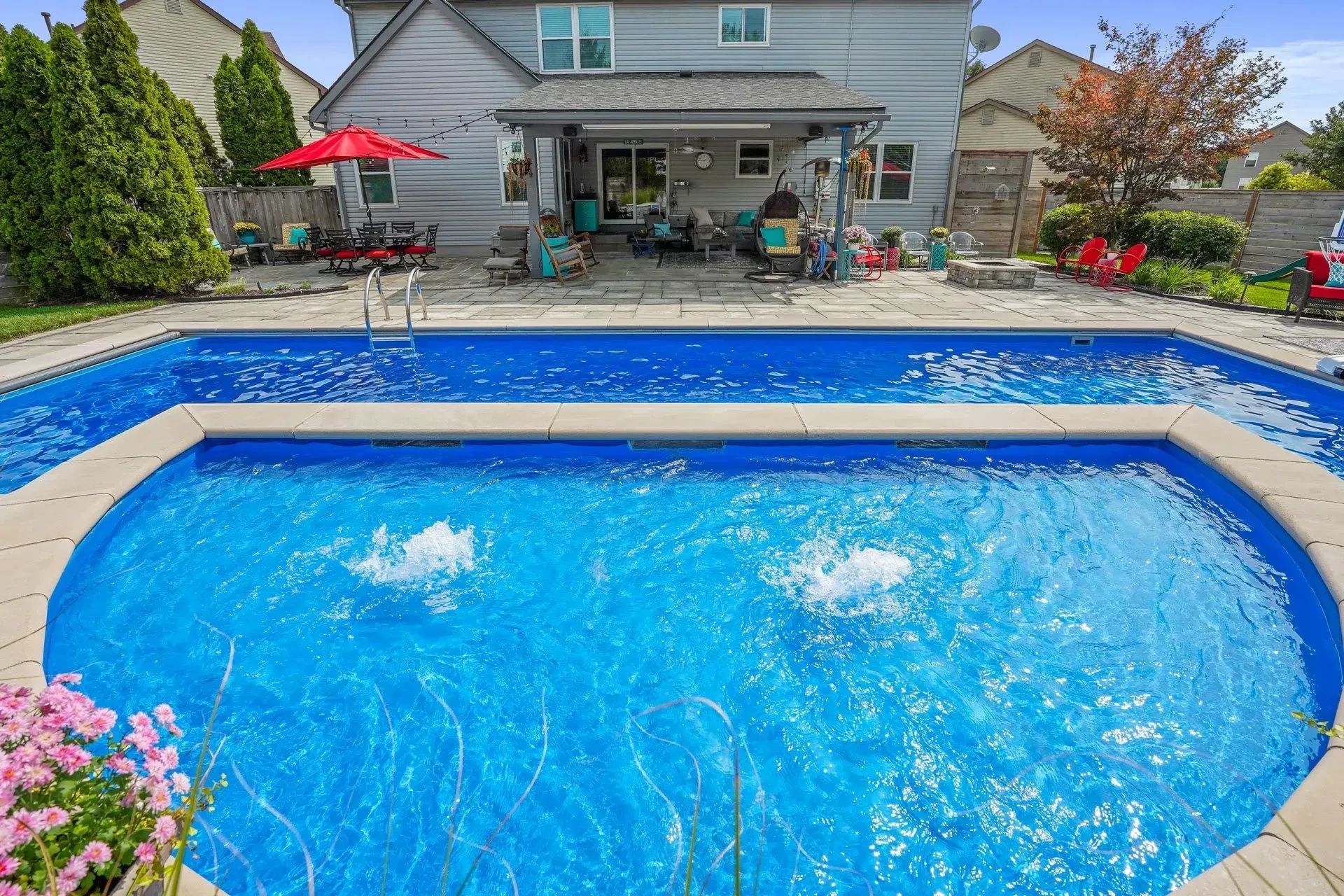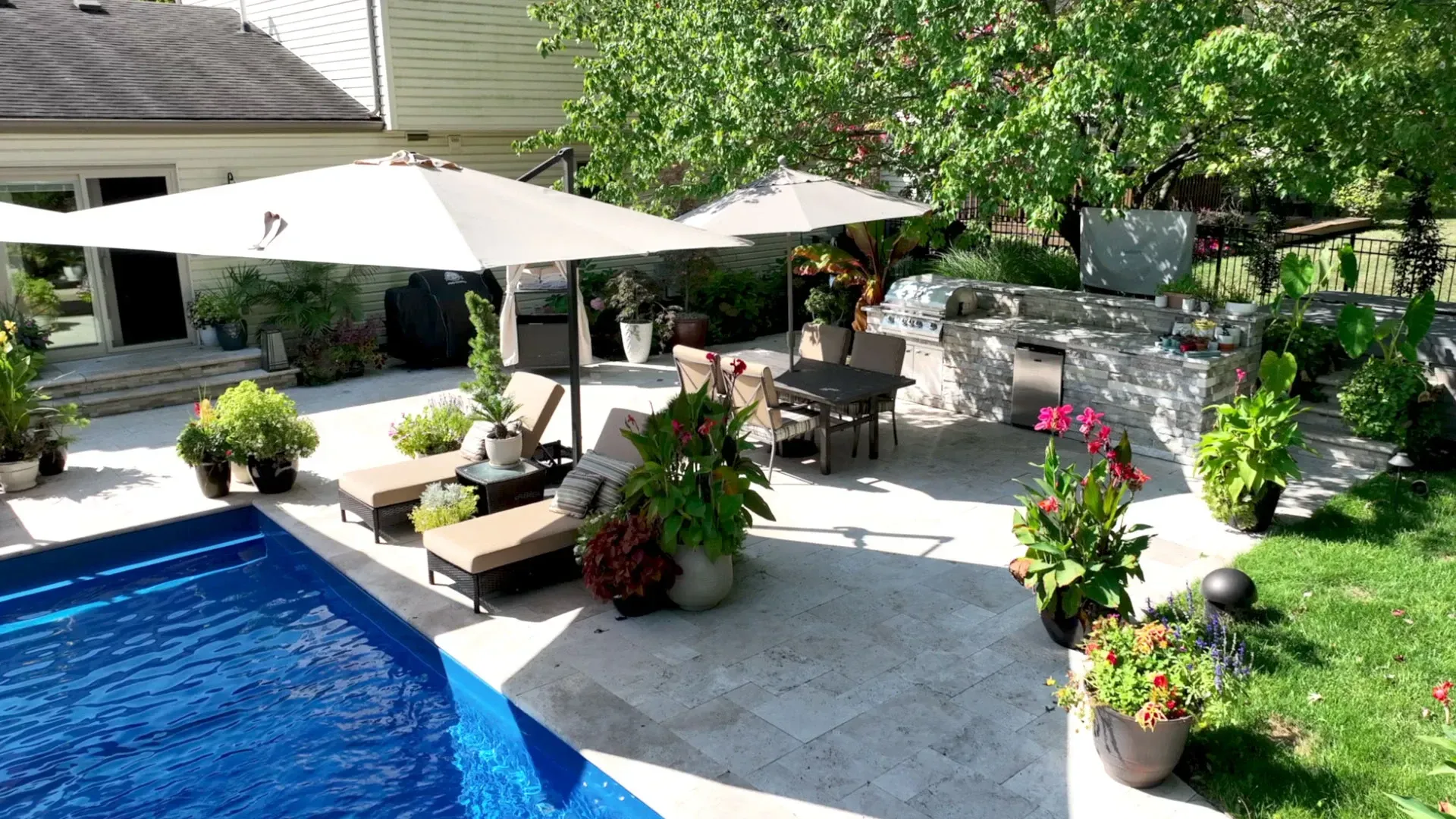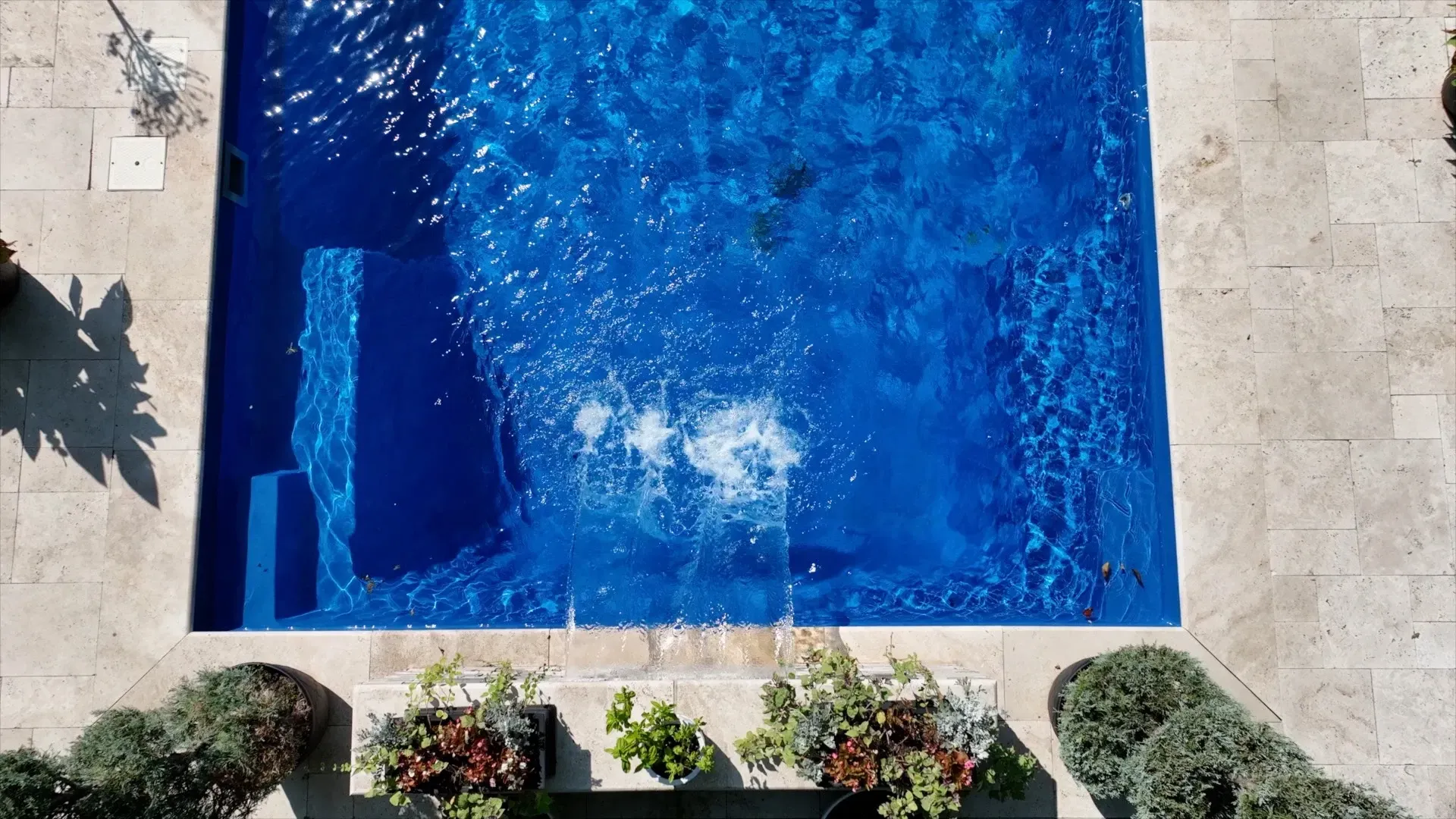Decorating the Outside of Your Home for Fall

Several holidays and happenings take place during the fall, so between these festive occasions and the changes in color all around us, fall is a great time to spruce up and decorate the outside of your home. During the spring and summer, when everything is in bloom, outdoor decorating can, for the most part, handle itself once you have your garden planted, and as long as you keep it maintained.
Once fall arrives, however, most of the plants in the garden stop blooming, and you might not know what to do in order to keep your home looking welcoming from the outside. Here are some hints on decorating the outside of your home for fall:
Line Your Front Entry With Pumpkins and Gourds
These fall harvest beauties are plentiful this time of year, and they’ll stay fresh and pretty on your porch step once the temperatures dip. Don’t feel like you have to stick to orange; pumpkins and gourds come in all colors, from white to black, purple and green, and everything in between.
You can go a few different ways with this: Buy pumpkins in various sizes and create an attractively asymmetrical design, or try to buy an even number of pumpkins that are roughly the same size, lining them up neatly in pairs, step by step.
You can also carve the pumpkins as October winds to a close, and nestle gourds in between them. Don’t feel like you have to stick to smiling jack o’lanterns; try some of these geometric designs, as featured on BHG.com.
Fill Your Planters
Now that your planters are no longer sporting brightly colored flowers, you can use them in other ways in your front entry. One option is to use fall-friendly flowers, such as mums. Another is to create a cornucopia effect: Fill the planters with floral foam, then cover that with a variety of fall’s best. First put down burlap, hay, moss or some other versatile covering.
Some possibilities to go on top of your first layer include small branches full of gorgeous foliage, dried pods and a variety of “fall picks” from your local craft store. You can also fill your empty planters with small gourds and pumpkins, Indian corn or other seasonal items that you can pick up from your local pick-your-own farm.
Don’t Forget a Wreath
You will want to welcome fall as well as your guests by putting out an attractively seasonal wreath. Buy one at a craft store or one of the season’s craft fairs, or make your own. Use hay, burlap, raffia or any other material that brings out the essence of autumn. Pinecones, pressed leaves, berry branches, twine, nuts, cinnamon sticks and evergreen branches can all be combined to make a delightful wreath.
Another idea is to make (or purchase) a wreath made out of birdseed to help sustain our feathered friends. This is probably something that should be hung away from the front door, however, unless you want to be sweeping up birdseed (as well as other evidence of your little visitors) from your porch each day!
Decorating the outside of your home for fall also includes basic maintenance, such as removing fallen leaves from the walkways regularly and sweeping away whatever dust and dirt blows onto your front porch or step. Keep up your home’s curb appeal by creating a welcoming atmosphere as you decorate for the seasons.
OMNI LEARNING CENTER
RECENT POSTS




